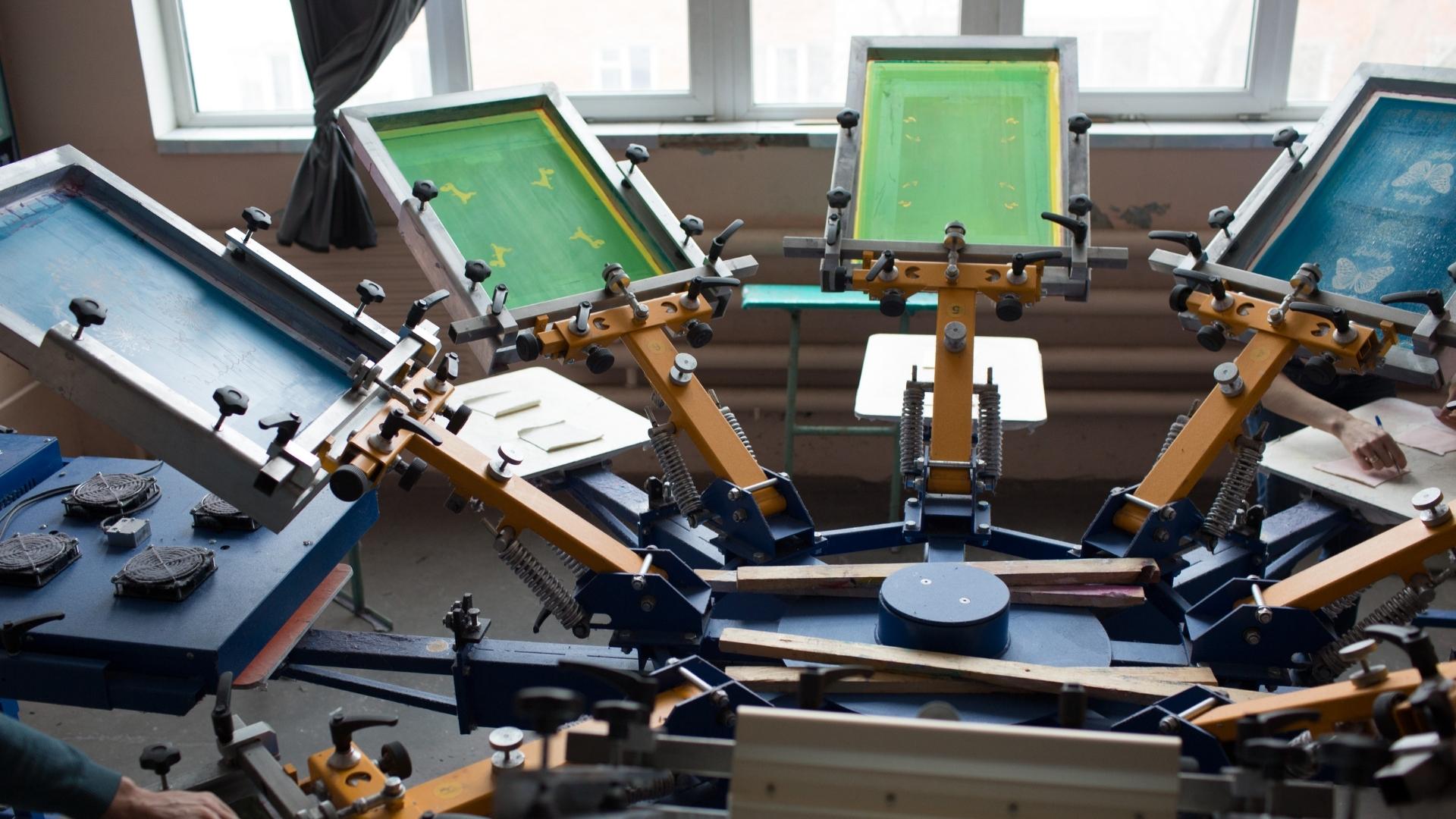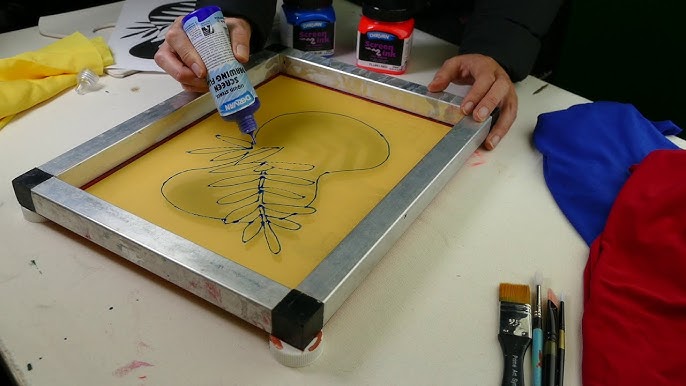ChatGPT said: Top advantages to choose 10:9 Design Embroidery for professional customization
The Crucial Overview to Understanding Screen Printing and Its Versatile Uses
Screen printing has an abundant history that dates back to ancient times, developing into a sophisticated method used across numerous sectors today. This overview discovers the intricacies of the screen printing procedure, outlining its applications in home, marketing, and fashion style - 10:9 Design Abilene. Comprehending these principles can open up innovative capacity for both creative and commercial jobs. The adhering to sections will certainly reveal necessary tips and strategies to boost one's screen printing ventures
The Background of Screen Printing
Screen printing has origins that trace back centuries, its development reflects the artistic and technical advancements of different societies. Stemming in ancient China, the method was initially made use of for embellishing fabrics and later infect Japan, where it ended up being essential to Ukiyo-e woodblock printing. The method changed to Europe in the 18th century, where it obtained appeal among craftsmens and industrial printers. The invention of photo solution in the 20th century changed screen printing, permitting even more elaborate layouts and greater performance. Artists like Andy Warhol better pushed its popularity, using the tool to produce iconic jobs that mixed commercialism and fine art. By the late 20th century, screen printing had developed itself as a flexible method, employed in vogue, advertising, and art. Today, it remains to evolve, incorporating electronic innovation and expanding its applications across various industries.
The Screen Printing Process Explained
Screen printing changes imaginative visions into concrete layouts through a series of specific actions. Initially, an image is produced and then transferred onto a screen, typically made of fine mesh fabric stretched over a frame. A light-sensitive emulsion is put on the screen, which is exposed to light, hardening in areas not covered by the image. After rinsing the unhardened emulsion, a pattern is created.
Next off, the screen is positioned over the substratum, whether it be fabric, paper, or another material. Ink is then pushed through the open areas of the stencil using a squeegee, depositing the design onto the substrate listed below. This procedure can be duplicated for several colors, needing separate screens for each and every tone. Ultimately, the published item is cured making use of warmth to ensure the ink adheres correctly, resulting in a sturdy, vibrant layout on-line.
Types of Screen Printing Techniques

Furthermore, specialty methods, such as discharge screen printing, eliminate color from the material to develop softer prints, while foil screen printing applies metallic foil to accomplish a glossy surface (10:9 Design Texas). Each method supplies distinct qualities, satisfying numerous innovative requirements and manufacturing ranges, eventually expanding the opportunities within the screen printing domain
Applications of Screen Printing in Different Industries

Furthermore, the signage and advertising fields utilize screen printing for creating appealing displays and banners. This approach permits strong shades and complex styles that capture focus. In electronics, screen printing is employed for using conductive inks to circuit boards, crucial for part connections. The home design sector accepts screen printing to generate unique layouts on textiles and wall surface art. In general, screen printing works as a vital tool throughout varied areas, improving products with customized and visually attractive graphics.
Tips for Successful Screen Printing Projects
While undertaking a screen printing job, careful attention to information can significantly enhance the last outcome. click here Initially, selecting top notch products is necessary; this includes the screen, inks, and substratums. Using proper mesh matters can affect ink deposition and information resolution. Prep work is equally important; detailed cleansing of screens and correct direct exposure times assure crisp prints.
Next off, precise enrollment is essential for multi-color prints. Utilizing placement devices can assist accomplish specific layering. In addition, testing prints on scrap materials prior to production helps identify potential problems without wasting resources.

Regularly Asked Questions
What Materials Are Ideal for Screen Printing on Textile?
Cotton and polyester blends are suitable for screen printing on textile due to their longevity and ink absorption. In addition, specialty materials like silk or canvas can create one-of-a-kind structures and surfaces, improving the total style high quality.
How Do I Clean and Maintain Screen Printing Devices?
To maintain and clean up screen printing equipment, one should on a regular basis clean screens with ideal solvents, examine mops for wear, oil moving parts, and store all products in a dry, dust-free atmosphere to lengthen their lifespan.
What Are the Environmental Influences of Screen Printing?
Screen printing can have considerable environmental effects, including chemical waste from inks and solvents, water use throughout cleansing processes, and power consumption. Environmentally friendly materials and sustainable methods are crucial for minimizing these negative impacts.
Can Screen Printing Be Done at Home Effectively?
Screen printing can be efficiently done at home with the appropriate products and techniques. Enthusiasts can create high quality prints, though success depends on their ability degree, equipment, and understanding of the procedure entailed.
What Are the Costs Connected With Beginning a Display Printing Business?

Starting a screen printing business entails prices for tools, products, and work area. Initial costs usually vary from a couple of hundred to a number of thousand bucks, depending upon the range, quality of machinery, and preferred production capability.
Screen printing has a rich history that dates back to ancient times, progressing right into a sophisticated strategy made use of across numerous industries today. An additional method, rotary screen printing, utilizes cylindrical screens, helping with continuous printing on textile rolls, consequently improving efficiency for large manufacturings. Furthermore, specialty strategies, such as discharge screen printing, get rid of color from the fabric to develop softer prints, while foil screen printing applies metallic aluminum foil to attain a shiny surface. In the fashion industry, screen printing is commonly utilized to produce vivid designs on clothing, allowing brand names to display their special designs. Cotton and polyester blends are excellent for screen printing on fabric due to their longevity and ink absorption.